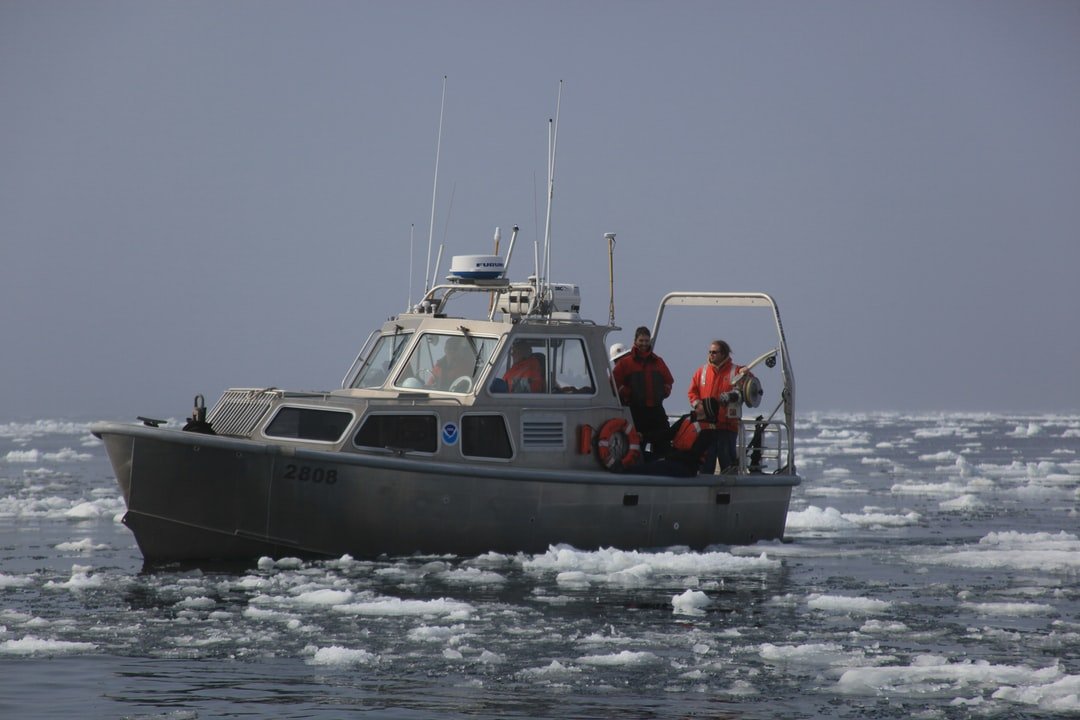Tips on Having the Right Fish Hook Tying Tools

Fish Hooks and Line: The backbone of your tackle box. Get one or more fish hooking tools for the best tackle possible. Depending on what species of fish you're trying to catch, there are different size and strength hooks available for that species of fish. The tools below contain all of the essentials to keep your hooks, lines and fish alive and ready for the next catch.
Safely tie fishing line with a Hook-EZ Fishing Knot Tying Tool.
Avoid painful cuts and gouges to delicate teeth and hooking injuries with this easy to use tool. The double knot design helps eliminate small splits that can lead to bleeding. Since this knot is very strong, it will not break easily even under extreme pressure. This product is recommended for use with fluorocarbon or graphite bait and is a part of the Basic Tackle Set of Fish Hooks and Lines.
A nice assortment of hook lines and sinkers. You'll need them when you go fly fishing or deep sea fishing. You should have at least one extra pair for your knot tying tool. When you buy fish hook lines and sinkers, choose ones that don't contain ferrous iron. This type of hook can cause pain or even damage to the hands if too much pressure is applied to the line.
An assortment of jigs and worms. These are used to imitate crayfish, worms and other bait fish. This can be used for carp fishing, walleye fishing or any other species of fish you may be trying to catch. Jigs can be bought in various sizes and shapes to match the bait you're trying to catch.
A sharpening stone. A fish hook needs to be able to stand up to the rigors of water. You should make sure that the hook you use is able to stand up to the weather and exposure to oxygen so it will be useful in the future. Try to have at least one sharpening stone in your tackle box. You never know when one is going to come in handy. You can get more enlightened on this topic by reading here: hookeze.com.
A bobber. This tool looks something like a large tooth from a catfish jaw. It's used to break up the fish hook line so you can then use a sander and nail or a pry bar to take the line out of the fish's mouth. The border needs to be wide enough so that you can get all the hooks into the mouth of the fish and be able to remove them without hurting the fish. Never use a metal border because they will scratch the fish skin and you could harm yourself with it. Add on to your knowledge about this topic, by visiting this link: https://en.wikipedia.org/wiki/Fishing.
